Name Gregory Narek Role Poet | Books The book of sadness | |
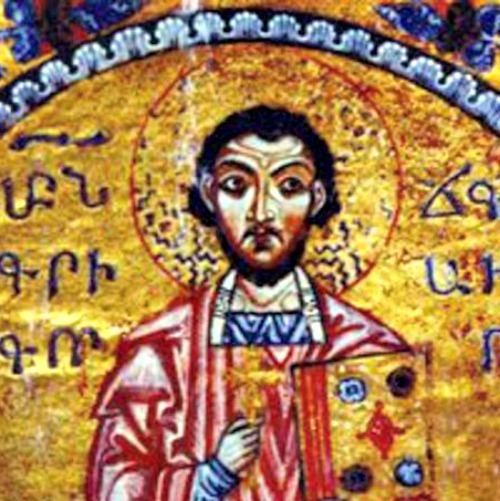 | ||
Feast 13 October (Holy Translators day)27 February (Roman Catholic Church) | ||
english 16 healing prayer st gregory of narek
Gregory of Narek (Armenian: Գրիգոր Նարեկացի Grigor Narekatsi, Krikor Naregatsi; 951 – 1003) was an Armenian monk, poet, mystical philosopher, theologian and saint of the Armenian Apostolic Church and Catholic Church, born into a family of writers. Based in the monastery of Narek Narekavank, he was "Armenia's first great poet".
Contents
- english 16 healing prayer st gregory of narek
- english 43 healing prayer st gregory of narek
- Biography
- Book of Prayers Book of Lamentations
- Legacy
- Recognition in the Catholic Church
- Translations
- Recordings
- References
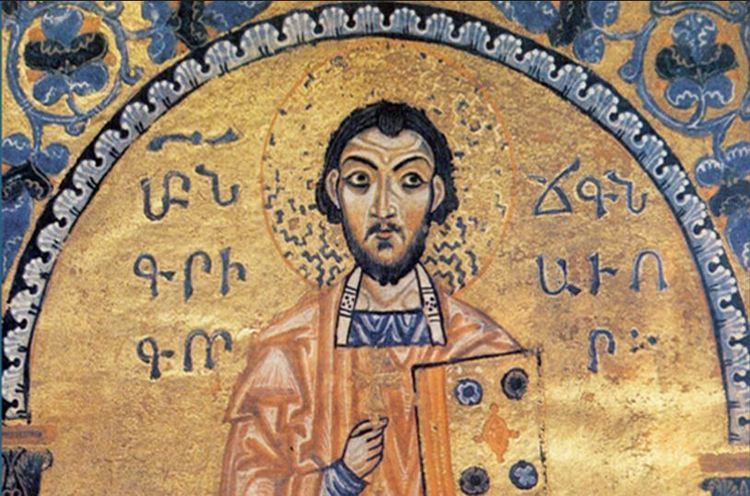
He is the author of a mystical interpretation on the Song of Songs and numerous poetic writings. His Book of Prayers, also known as "Book of Lamentations", a long mystical poem in 95 sections written around 977, has been translated into many languages. The book, the work of his mature years, remains one of the definitive pieces of Armenian literature.
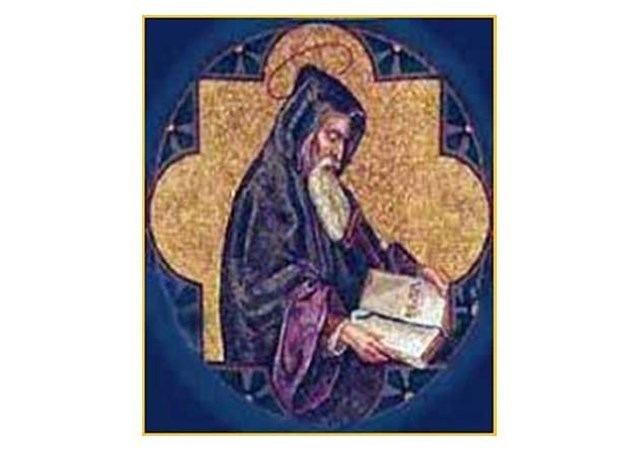
He was declared a Doctor of the Church by Pope Francis in 2015.
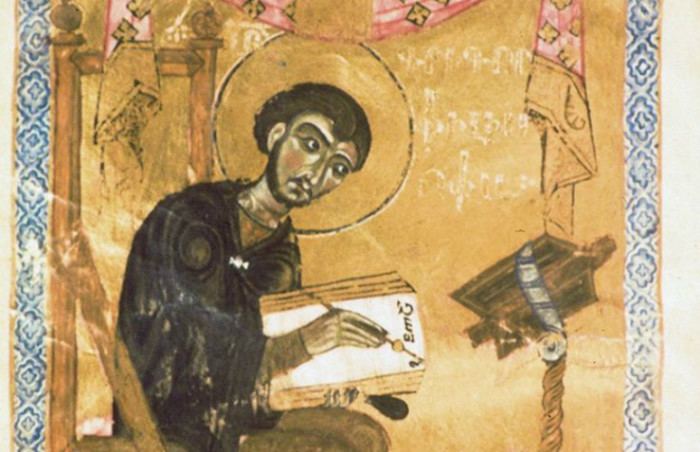
english 43 healing prayer st gregory of narek
Biography
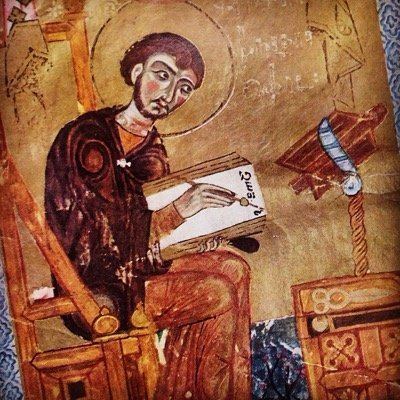
Gregory was born c. 950 to a family of scholarly churchmen. His father, Khosrov, was an archbishop. He lost his mother very early, so he was educated by his cousin, Anania of Narek, who was the founder of the monastery and school of the village. At a young age, Gregory entered the Narek Monastery known as Narekavank on the south-east shore of Lake Van in Vaspurakan, (Greater Armenia, now Turkey) and led almost all of his life in the monastery. Shortly before the first millennium of Christianity, Narek Monastery was a thriving center of learning. These were the relatively quiet, creative times before the Turkic and Mongol invasions that changed Armenian life forever. Armenia was experiencing a renaissance in literature, painting, architecture and theology, of which St. Gregory was a leading figure. Gregory also taught at the monastic school. The monastery was completely destroyed in the 20th century after the Armenian Genocide.
Book of Prayers / "Book of Lamentations"
Written shortly before the first millennium of Christianity, the prayers of St. Gregory of Narek have long been recognized as gems of Christian literature. St. Gregory called his book an "encyclopedia of prayer for all nations". It was his hope that it would serve as a guide to prayer by people of all walks of life around the world.
A leader of the well-developed school of Armenian mysticism at Narek Monastery, at the request of his brethren he set out to find an answer to an imponderable question: what can one offer to God, our creator, who already has everything and knows everything better than we could ever express it? To this question, posed by the prophets, psalmist, apostles and saints, he gives a humble answer – the sighs of the heart – expressed in his Book of Prayer, also called the Book of Lamentations.
In 95 prayers, St. Gregory draws on the potential of the Classical Armenian language to translate feelings of suffering and humility into an offering of words thought to be pleasing to God. Calling it his last testament: "its letters like my body, its message like my soul", it is an edifice of faith for the ages, unique in Christian literature for its rich imagery, its subtle theology, its Biblical erudition, and the sincere immediacy of its communication with God.
The actual date he wrote the book is not known, but he finished it around 1001–1002, one year prior to his death.
For Narekatsi, peoples' absolute goal in life should be to reach to God, and to reach wherever human nature would unite with godly nature, thus erasing the differences between God and men. As a result, the difficulties of earthly life would disappear. According to him, mankind's assimilation with God is possible not by logic, but by feelings.
Legacy
Numerous miracles and traditions have been attributed to the saint and perhaps that is why he is referred to as "the watchful angel in human form".
In 1984–1985, Alfred Schnittke composed Concerto for Mixed Chorus singing verses from Gregory's Book of Lamentations translated into Russian by Naum Grebnev, according to the Russian edition Kniga Skorbi, transl. by Naum Grebnev, Preface by Levon Mkrtchian, Sovetakan Grokh, Yerevan, 1977.
Armen Nersisyan, a professor of psychiatry, developed a unique type of therapy based on Gregory of Narek's Book of Lamentations, called Narekabuzhutyun in Armenian: Նարեկաբուժություն. Nersisyan claims that the therapy has treated fully or at least partially many diseases, including schizophrenia, Hepatitis C, periodic disease, stress symptoms and depression.
Recognition in the Catholic Church
Gregory of Narek is recognized as a saint by the Roman Catholic Church, and is particularly venerated among Catholics of the Armenian rite. His name is listed among the saints for 27 February in the Martyrologium Romanum.
Pope John Paul II referred to Gregory of Narek in several addresses as well as in his encyclical Redemptoris Mater and in his Apostolic Letter for the 1,700th Anniversary of the Baptism of the Armenian People.
He is mentioned by name in Article 2678 of the Catechism of the Catholic Church.
On 21 February 2015, it was announced that Saint Gregory of Narek would be named a Doctor of the Catholic Church by Pope Francis. His being given this title was not an equipollent canonization since he had already been listed as a saint in the Martyrologium Romanum. On 12 April 2015, Divine Mercy Sunday, during a Mass for the centenary of the Armenian Genocide, Pope Francis officially proclaimed Gregory of Narek as Doctor of the Church.
St. Gregory's proclamation as a Doctor of the Church was commemorated by the Vatican City state with a postage stamp issued September 2, 2015.
